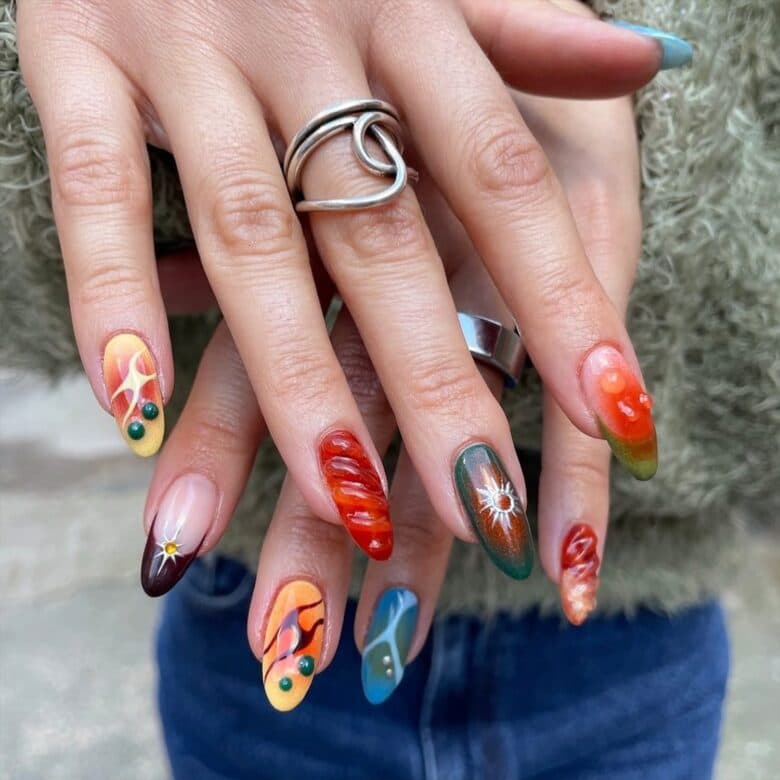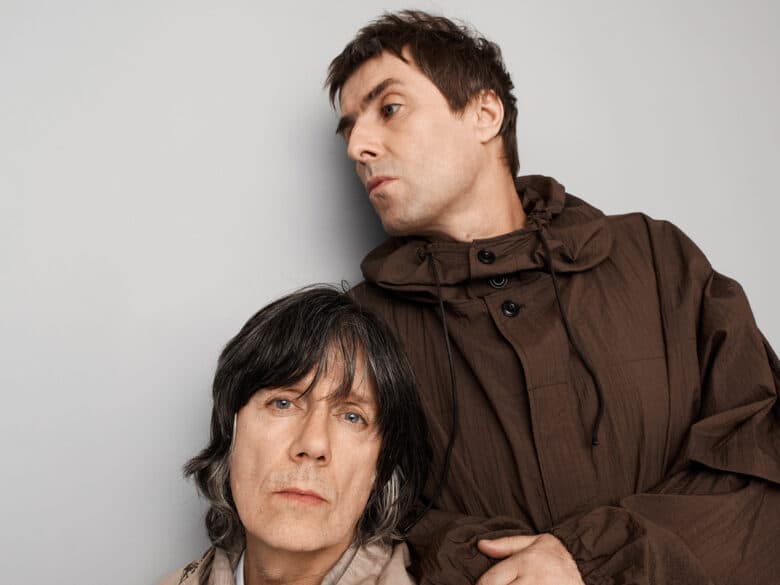UNIFIED BY COLOUR: The Making of the Digital Catwalk
In May 2020, Digi-gxl – a global network championing womxn, intersex, trans and non-binary people specialising in 3D design and animation – issued a call-out to Black creatives, offering support through pro bono services. Against the backdrop of a global state of crisis, the initiative aims to widen access to an industry characterised by hierarchy and exclusivity.
Just a few months later, the network is delivering a fully digital, gender-fluid CGI catwalk in time for London Fashion Week, reflecting the full spectrum of the Black diaspora, refracted through the lenses of gender, sexuality, ability and physicality. The project came to life as a partnership trio, with Digi-gxl working alongside FANGIRL, a Black-owned, non-gendered hand accessories brand and IoDF; The Institute of Digital Fashion, a network which seeks to reconfigure the traditional structures of fashion through technology.
The CGI models featured on the runway act as a channel for the diverse experiences within the Black community, created with the aim of sparking a wider conversation about access and audience within the fashion industry. They showcase items from FANGIRL’s latest collection, ‘Unified by Colour’, with the digital garments developed to function, respond and behave exactly as they would in physical spaces. Below, we speak to the project’s makers to learn how it all came together.
For those reading at home who aren’t familiar with your work, introduce yourselves, what you do and your platforms.
FG: FANGIRL is a Black-owned non-gendered apparel and accessories brand that launched this year. Its focus is to serve the black and LGBTQI+ community first, inspired by both communities’ club culture. The designs are to celebrate and empower self-expression, visibility and unity. Everything FANGIRL creates and collaborates on is to give space and a voice to these communities, whether that’s a fundraiser t-shirt drop or a documentary highlighting marginalised stories.
IoDF: The Institute of Digital Fashion (IoDF) is an emblem for change, building a new sustainable, democratic future for an unregulated and biased industry. IoDF seeks to push tech-use to not only overcome the restrictions of previous formats but offer expansive, exciting and inclusive alternatives. Building their manifesto to restructure how technology and digital are used from creation to consumer, building a new inclusive future, re writing the semantics of digital fashion.
DGXL: Digi-gxl is an inclusive, global community and support network championing womxn, trans, intersex and non-binary people specialising in 3D design and animation, digital fashion and 3D clothing, creative coding, UX, graphic design and more. As a community, it offers technical guidance, industry and business advice, and general creative support.
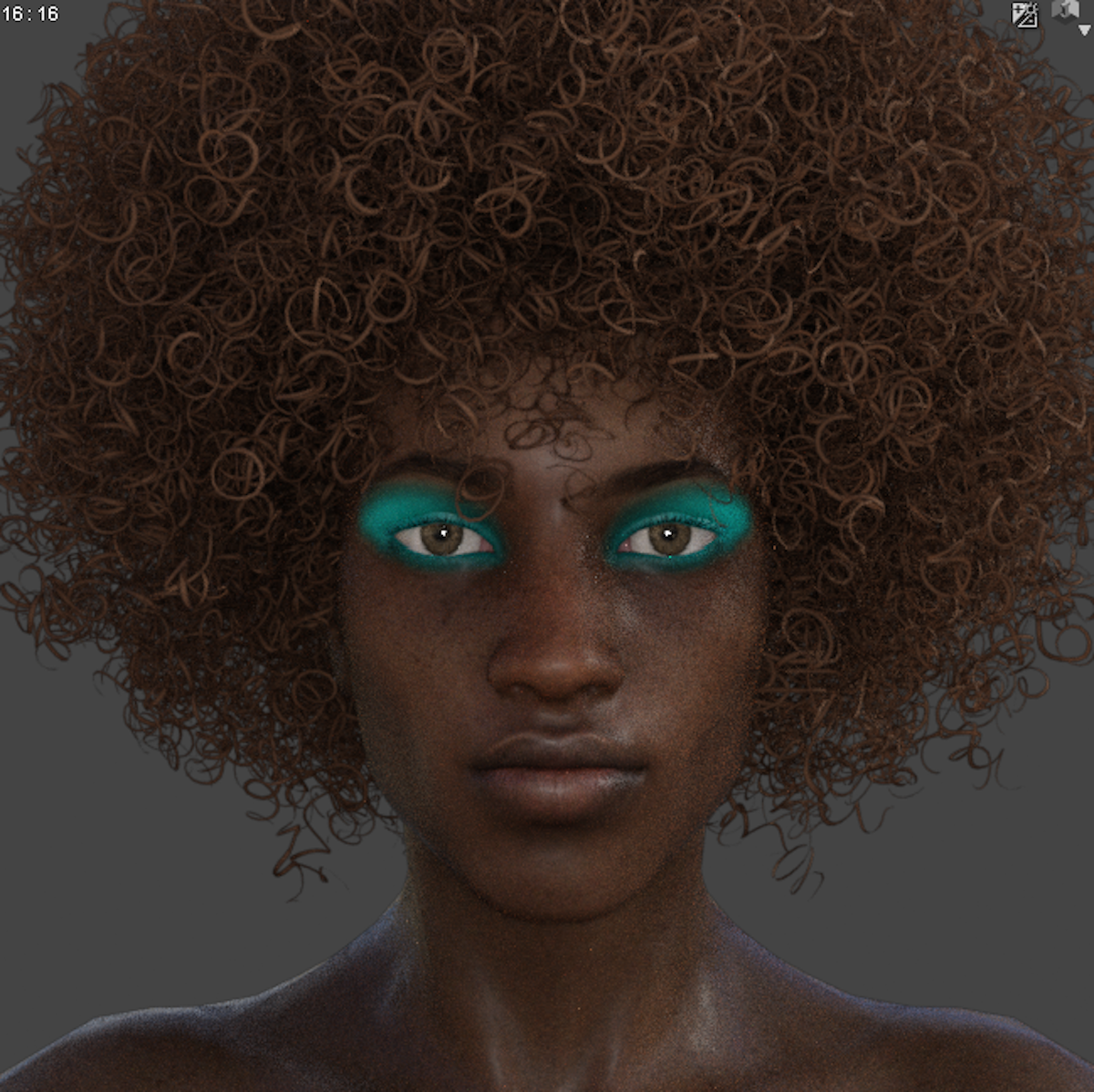
As a starting off point, how do you see your roles within fashion, and what needs to change in the mainstream fashion world?
FG: FANGIRL’s role is to challenge what is being prioritised and seen as valuable representation. Currently in the industry we are seeing a lot of virtue signalling, and not much action. That’s what needs to change – there needs to be more action. Brands and the industry need to show they really have skin in the game from the ground up. Their design process, manufacturing, all the way through to their marketing campaigns, all need to be inclusive of race, gender, ability and sexuality.
IoDF: IoDF was created to push tech-use towards a more sustainable and democratic future for the fashion industry – an industry which we believe is hindered by its attachment to rigid and exclusionary traditions. Through projects like this one, we want to develop a new manifesto for how digital is used, it’s often seen as quick fix but we are here to demystifying the process and the craft and artisan its 1000’s of hours and months of work to create, that why the BTS WIP images are also important to include.
We are pushing to change an industry that’s already on its knees, the archaic beast that is the fashion industry needs to be reinvented, the model, the production, the shows, showrooms and its thinking, we need a progressive, challenging, innovative new landscape and we are here to shape that.
DGXL: An important part of the work we do at Digi-gxl is creating space for marginalised communities to thrive in the tech sector. The fashion industry as a whole is fixated on tradition – from body types to design processes to gendered product development – and we’re committed to changing that.
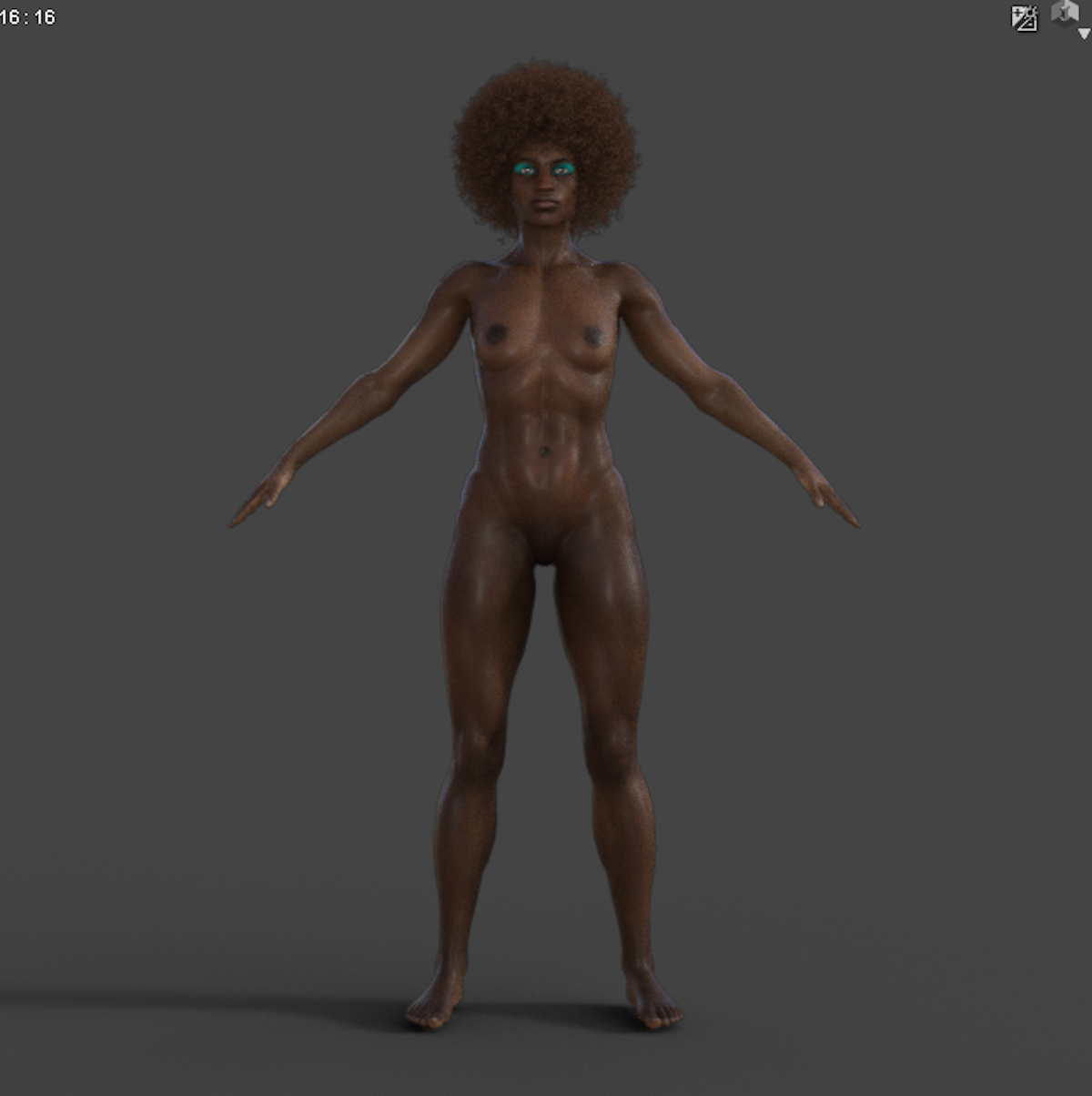
Let’s talk about the digital catwalk takeover — how did you all come to work together?
FG: During lock-down I was frustrated that all I had planned for this year’s drops had been limited due to COVID-19. Before George Floyd’s death I had thought about how to digitise these drops in a cool way. I started developing this CGI catwalk concept, pulling together a mood board and references, despite not really knowing how’d I’d execute it. I had been a fan of Digi Gxl’s work for years and was aware they made CGI models and catwalks for big fashion houses. So when they did a call out to support Black creatives and businesses I jumped at the opportunity because it felt like fate. After a couple calls with Cattytay and Leanne who were so supportive of the idea and excited to put something out that challenged current conversations, we kicked off the project in July.
DGXL: In May this year, on Digi-gxl we issued a call-out to Black creatives, offering support through pro-bono services. Against the backdrop of a global state of crisis, we wanted to do what we could to widen access to an industry typically characterised by hierarchy and exclusivity. Widening access and championing inclusivity has always been at the core of our community, and so this initiative felt like a natural extension of that ethos.
IoDF: It was perfect timing, just as we were considering the LFW schedule, this came through and we were all teams go, it felt like a really important moment.
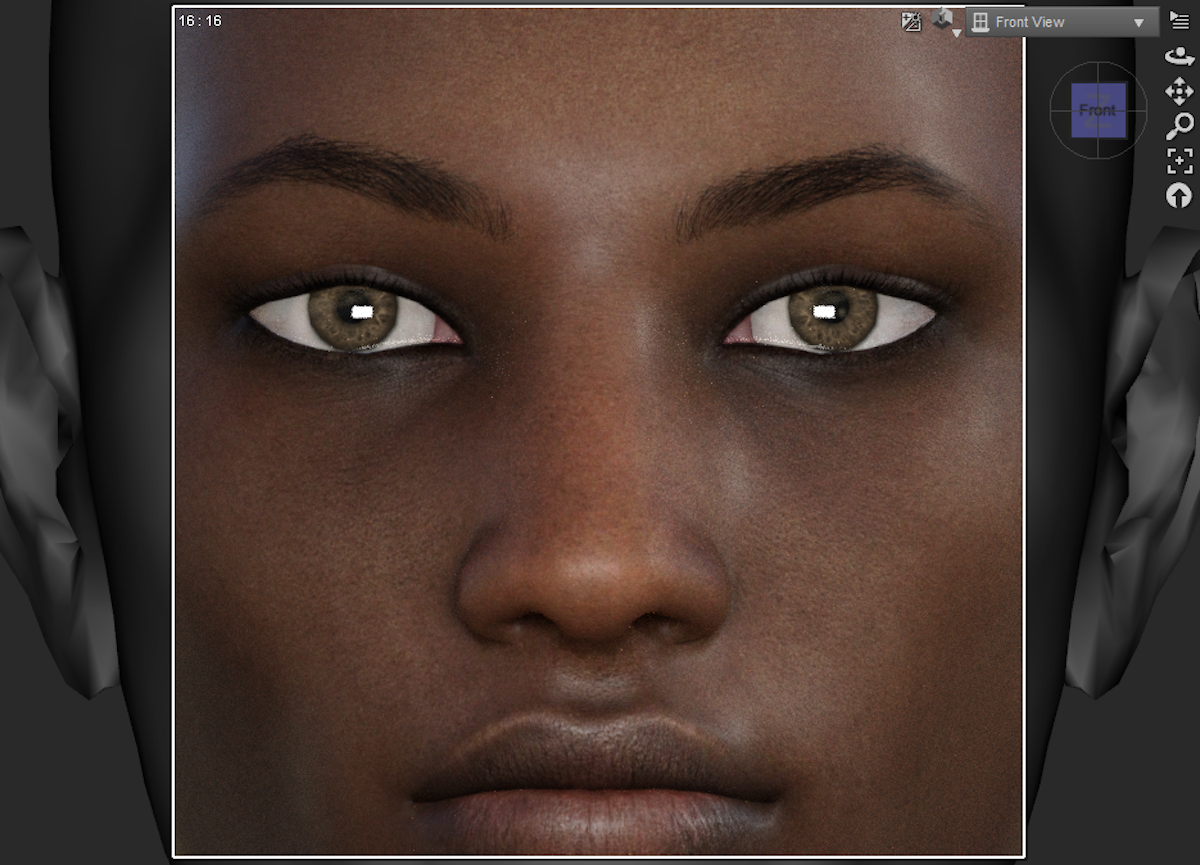
What was the process of creating each different component of the takeover? How do the components all work together?
FG: From a concept point of view, I wanted the idea to be solid enough for IoDF and Digi-gxl to execute seamlessly. I also thought about how this idea could be as well rounded as possible. Defining the individual models identities — gender, ability, body type, and sexuality — came from researching these various attributes. When developing the model outfit looks, I based the concept on them taking the t-shirt and fans and styling it their own way, coming back to FANGIRL’s ethos of self-expression and understanding not one style fits all. I then began to develop the models’ tone of voice, which was developed from a piece of research FANGIRL collaborated with Play Nice on. We built a data set where people from the black diaspora could share their black experiences, we then put that data into an AI bot we built to give us the models’ answers to the interview questions. This way we were able to remove any biases from the team behind the project and use real lived experiences from those who have the same attributes as our models.
IoDF: Bringing to reality this project was not a small task, it demanded deep project build and a global comms with the Digi-gxl creatives 24-7 all over the globe with over 300 people. Our Cattytay sat as design director and read over every part making sure that the brief was viable for creation, signing off file types and more. It was long hours in multiple time zones throughout, It was deeply moving to see people exit day jobs, client briefs and head into the working night to deliver this, coupled with weekend hours, something about that really hit home.
DGXL: The project was a community drive, we worked together with IoDF and layered workloads from every section of the community, we handed over files, exchanged workflows – it was a group of individuals all working on their time for something that mattered. The avatar creations were sculpted bespoke, using multiple softwares, the detailing using skin building and texture maps to create the smallest of details, which we really focused on the freckles, the lips shine and eyebrow colour. We had to parent the accessories and rig them to the avatars, all this whilst exchanging files and considering render times of over 12 hours per detail.
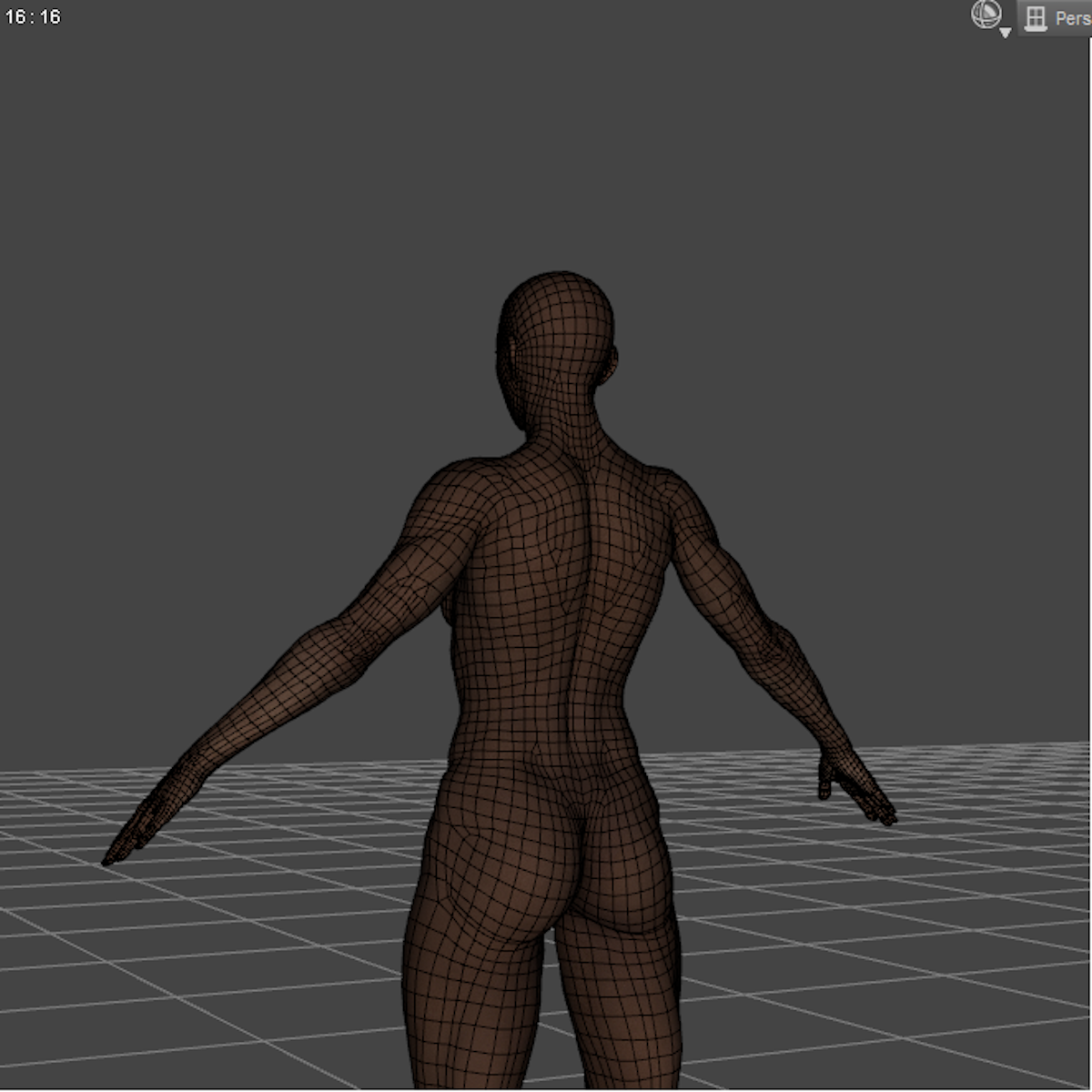
Finally, what have you learned from this experience, and what impact do you want it to have?
FG: This project has been an eye-opener for me on so many levels. I’ve got to understand in more detail the process in building CGI models and catwalks and I now have a new level of respect for this amazing community of artists. Furthermore, it’s really highlighted to me the power of tech. I am surprised how underutilized it is in the fashion space, especially for better representation, diversity and inclusivity. I want this project to challenge conversations and give others the confidence to step out their boxes and echo chambers and create for better.
IoDF: this project speaks of a wider conversation about access and audience within the fashion industry, and demonstrates what can be achieved with we elevate creativity over profit. It’s an incremental start to building a new future. This project was gigantic, but it’s making a mark in all the right places
DGXL: Overall, we’re just hoping to demonstrate digital’s potential to drive innovation and inclusivity. Hopefully, the new future we’re showcasing with this catwalk can offer a bit of hope in the midst of everything that is currently going on in the world! Plus, seeing everyone work together was really something else.
Shop FANGIRL’s Unified by Colour Drop here. You can view the catwalk and read an “interview” with CGI models Thea and Iniko here. Read about how Play Nice generated Thea and Iniko’s answers here.
